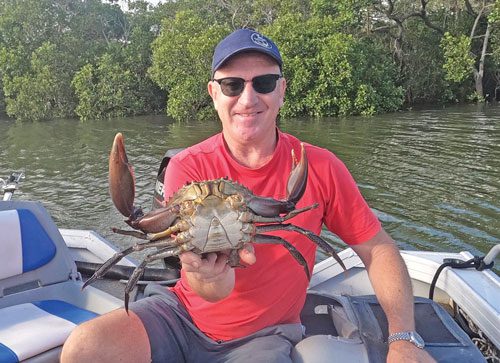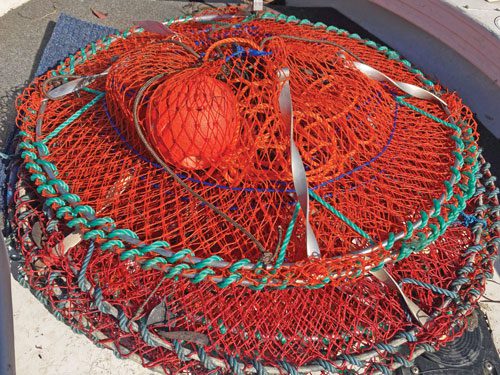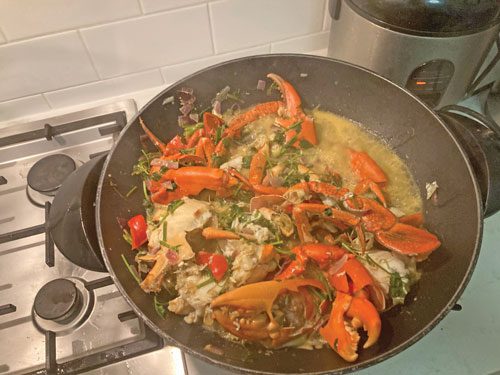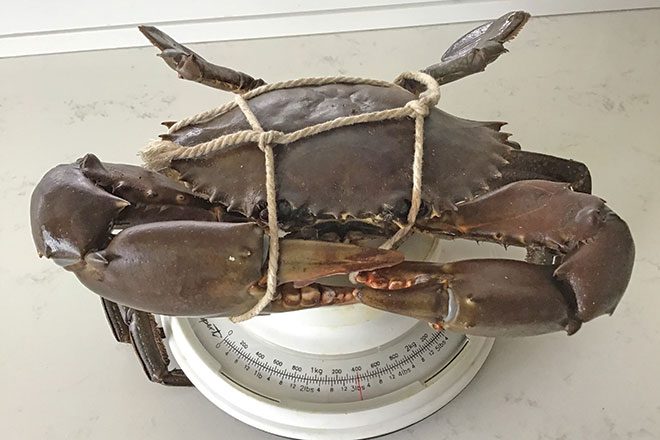In many areas along the Queensland and northern NSW coastline, December is an excellent time to start chasing mud crabs.
If you’ve experienced some poor results, even after the rain in October and November, don’t despair too much.
During this time, mud crabs in southeast Queensland moult and so are much harder to catch.
Crabbers should also be aware of clean shiny green crabs during these months because these crabs are growing into their new shell and are definitely worth returning to the water.
With that in mind, let’s take a look at the when, where and how to catch muddies to maximise your chances of success.

Best times
There are a few key factors to consider with regard to the best time to mud crab.
First, bigger tides normally associated with a new or full moon period are best.
This is because these tides push further up into creek and river systems – and their associated drains and mangrove line mud flats – giving the crabs access to new food and indeed holes.
If crabbing throughout the day or evening, it can pay to move your pots up and down the estuary with the bigger tides.
However, I find crabbing overnight the most productive, and it pays to leave your pots in these less-accessed areas, provided you time your tide to return to them in the morning.
Second, rain will also get the crabs moving, but where you set your pots depends on how much rain there has been.

If there have been a few showers or a storm, it is worth setting the pots at the entrances of drains and small creeks, as the rain will flush them out of their holes to feed.
However, if there’s been a lot of rain over a day or more, the crabs will move with the current towards the entrance of the estuary if the water becomes too fresh.
In this situation, move the pots to deeper water because the more-dense saline water will sit below the muddier fresh water on top and move the crabs closer to the entrance.
During warmer months, especially after moulting in early spring, mud crabs will be more active with a warm water temperature.
However, it is a myth that you cannot catch crabs in months with an ‘r’ in them.

While there may be fewer, winter crabs are usually very full.
More of an issue is that in winter, their activity slows, moulting ceases and size doesn’t change, so stocks of legal-size crabs will not increase and will in fact decline with catches.
This cycle changes again in warmer months.
 Bush 'n Beach Fishing Magazine Location reports & tips for fishing, boating, camping, kayaking, 4WDing in Queensland and Northern NSW
Bush 'n Beach Fishing Magazine Location reports & tips for fishing, boating, camping, kayaking, 4WDing in Queensland and Northern NSW








